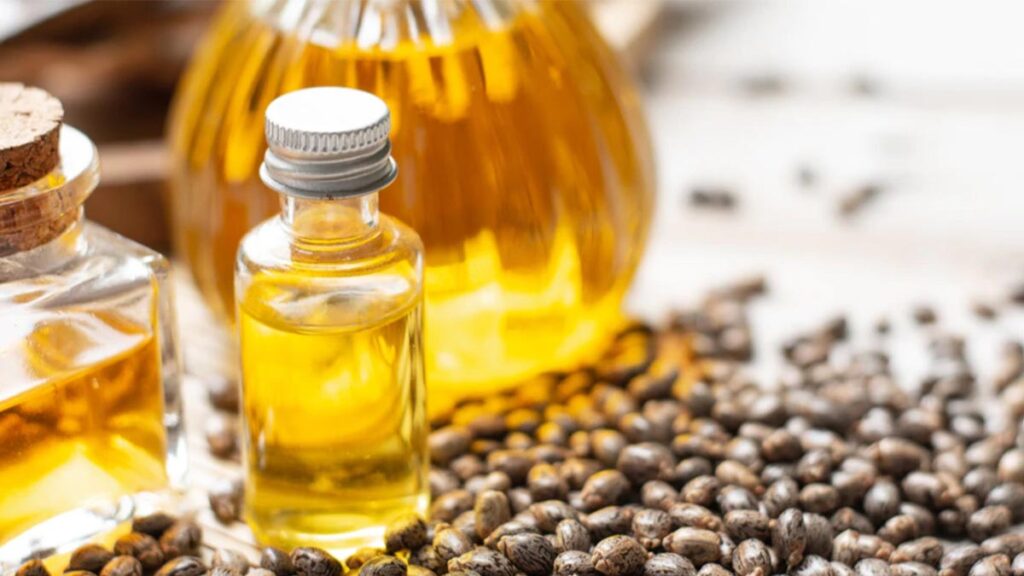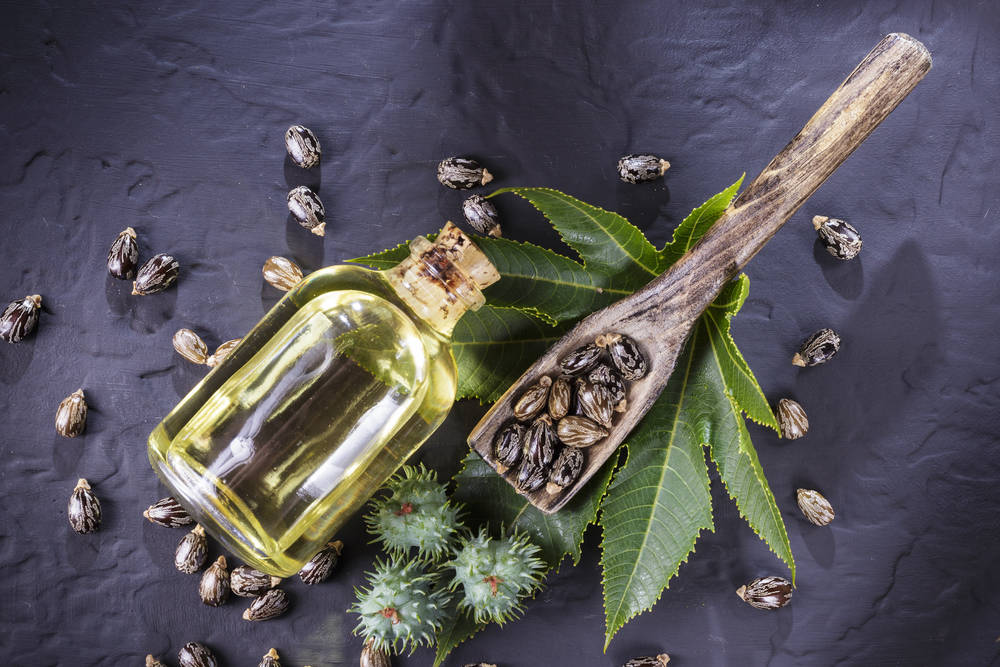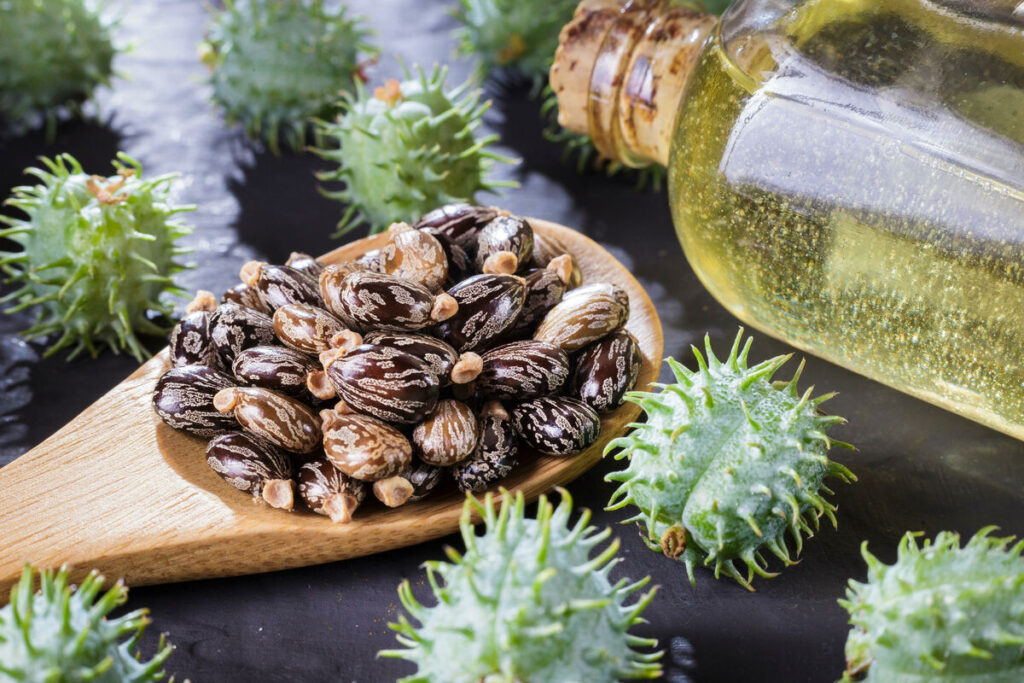
Menu

Castor oil, a versatile plant-based oil cherished for thousands of years, is derived from the seeds of the Ricinus communis plant. This plant originates from the Mediterranean area, Eastern Africa, and India. Despite the seeds, known as castor beans, containing a poisonous enzyme called ricin, the heat treatment applied during the oil extraction process neutralizes it, rendering the oil harmless for usage.
The oil is rich in fatty acids, primarily ricinoleic acid, and is characterized by its unique taste and aroma. It is a clear to very light yellow liquid, with a singular taste and smell. Castor oil is known for its high density, viscosity, and lubrication properties and has multiple medicinal and industrial uses, including skincare, hair growth, and paint production.


Before using castor oil on your skin, it’s essential to cleanse your face thoroughly to remove any dirt, makeup, or impurities. Use a gentle cleanser and warm water to wash your face, and pat it dry with a towel.
Remember to patch-test on a small area of your skin before applying it to your entire face, to ensure that you do not have any allergic reactions.


Castor oil, a versatile plant-based oil cherished for thousands of years, is derived from the seeds of the Ricinus communis plant. This plant originates from the Mediterranean area, Eastern Africa, and India. Despite the seeds, known as castor beans, containing a poisonous enzyme called ricin, the heat treatment applied during the oil extraction process neutralizes it, rendering the oil harmless for usage.
The oil is rich in fatty acids, primarily ricinoleic acid, and is characterized by its unique taste and aroma. It is a clear to very light yellow liquid, with a singular taste and smell. Castor oil is known for its high density, viscosity, and lubrication properties and has multiple medicinal and industrial uses, including skincare, hair growth, and paint production.
People are using castor oil on their belly button for a variety of reasons. One major benefit is its ability to improve digestion. It is known to stimulate the digestive system, promoting efficient bowel movements and reducing constipation. Another reason is its potential to relieve menstrual cramps. When applied to the navel, the oil can penetrate the skin and reach the uterus, providing relief from the pain and discomfort associated with menstrual cramps.
Additionally, some individuals believe that castor oil on the navel can help with fertility and promote overall well-being. While more research is needed to fully understand its effects, many people are turning to this home remedy for potential health benefits.
Applying oils like peppermint or ginger can help regulate digestion, reduce bloating, and alleviate constipation.
Oiling the navel with lavender or clary sage oil during menstruation may help ease cramps and discomfort.
Certain oils, such as lavender or chamomile, can provide calming effects by reducing anxiety and promoting relaxation. Massaging these oils may alleviate stress.
Oiling the navel with oils like lavender or cedarwood before bed can aid in falling asleep faster and achieving deeper, more restful sleep.
Some individuals may experience allergic reactions to certain oils. It is important to patch-test oils and discontinue use if any adverse reactions occur.
Applying excessive amounts of oil or using oils that are not suitable for the skin may lead to irritation, redness, or rashes. Diluting essential oils in a carrier oil is generally recommended to avoid skin irritation.
While belly button oiling can improve digestion for most individuals, some may experience discomfort or bloating if they have sensitivities to specific oils or if excessive amounts are applied.